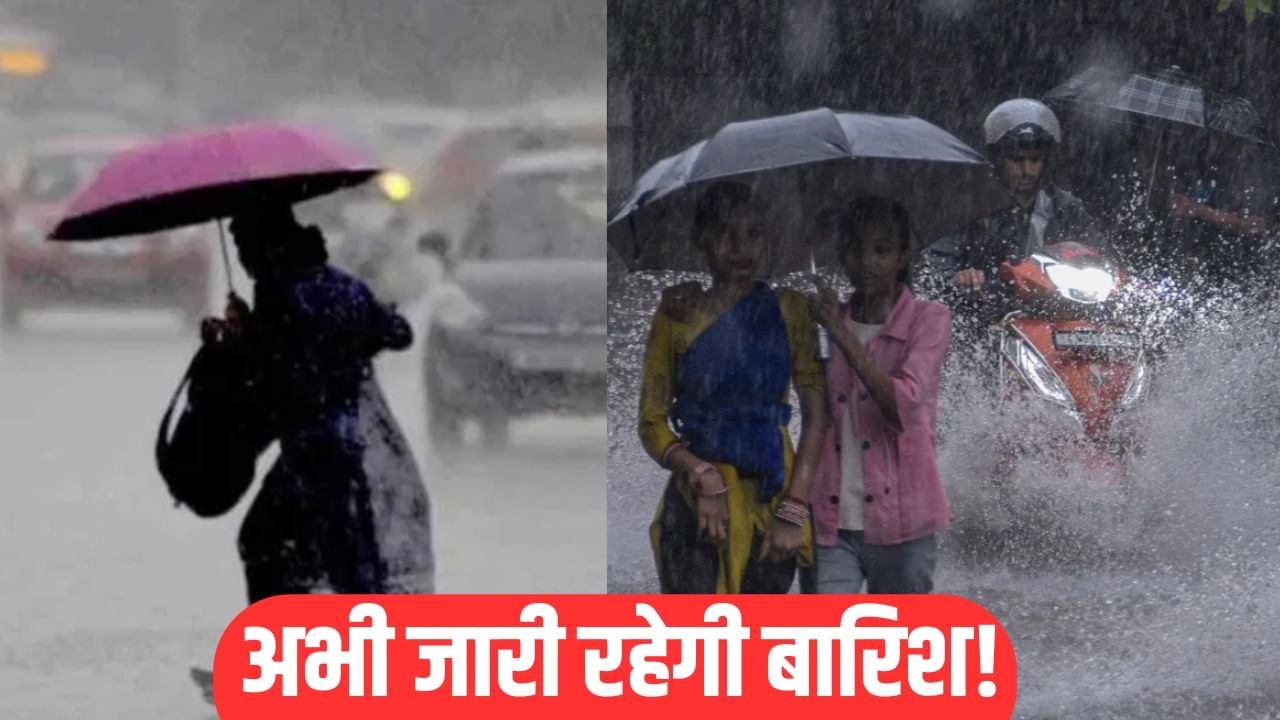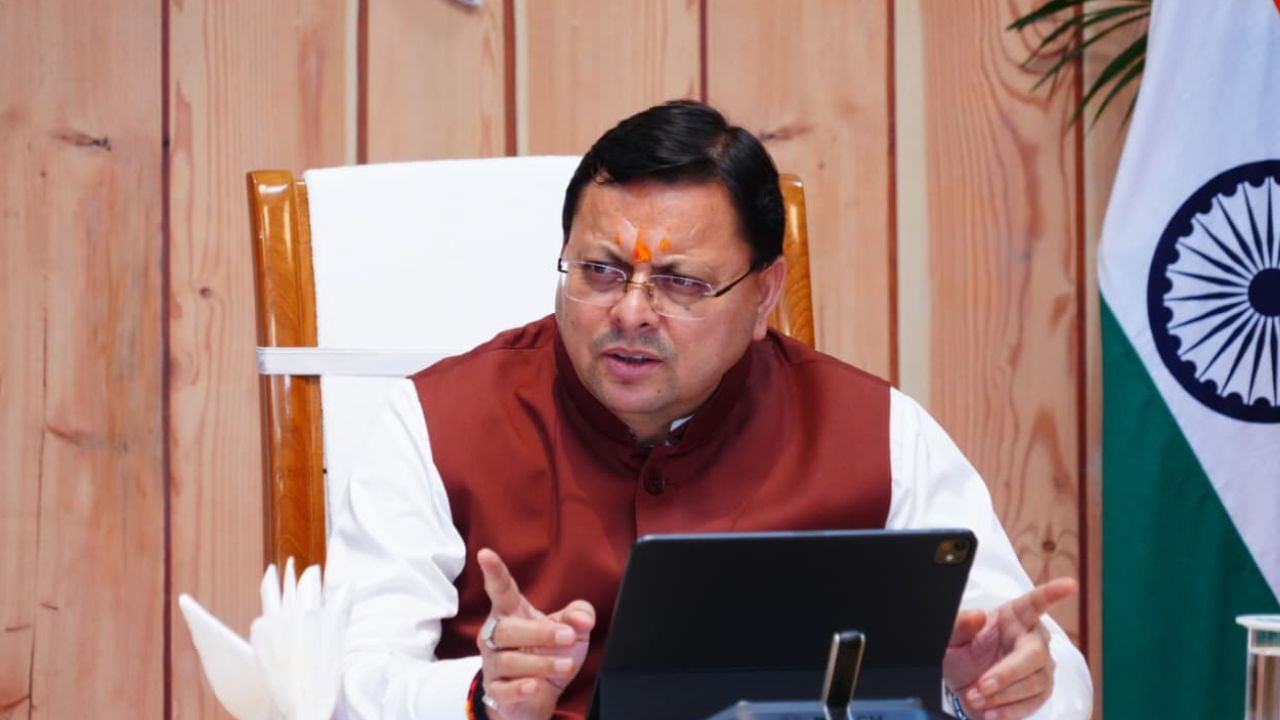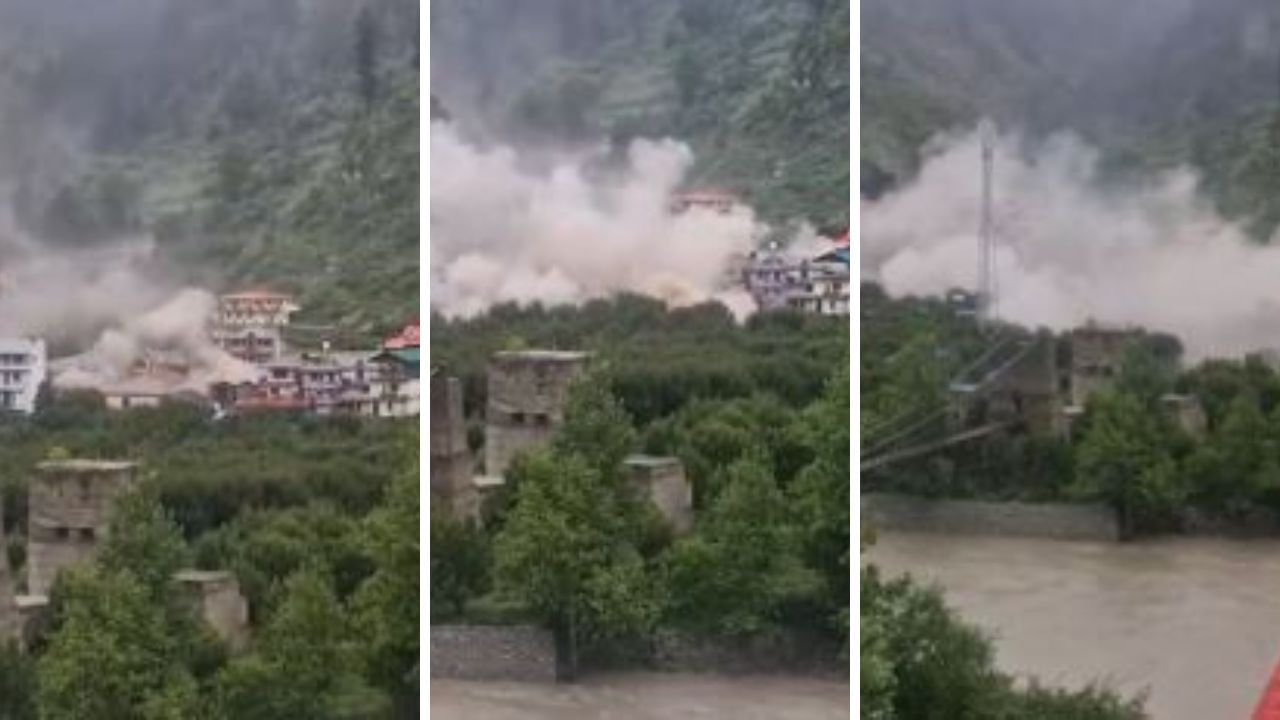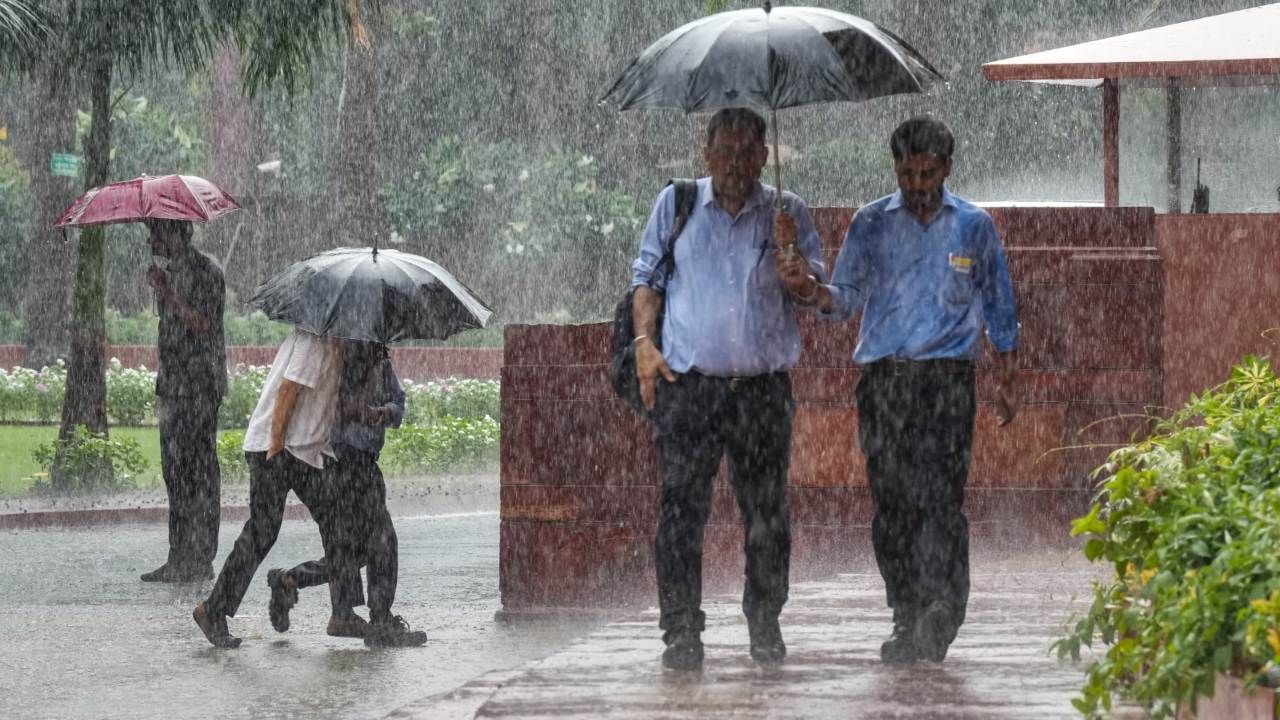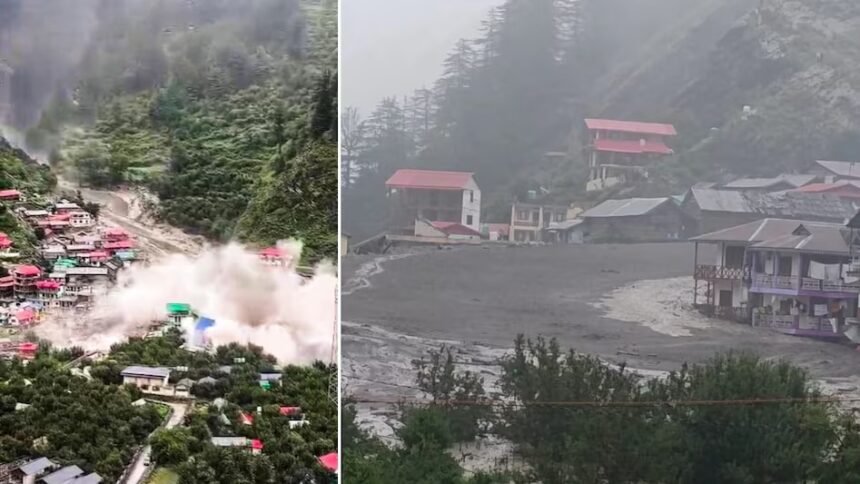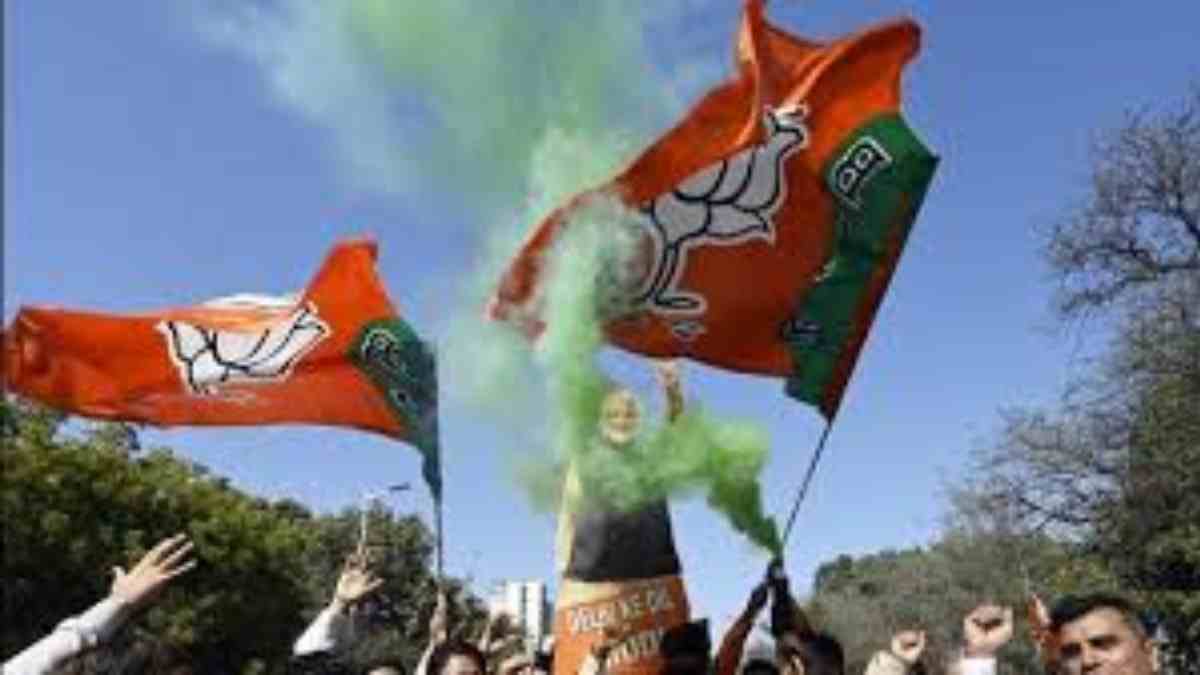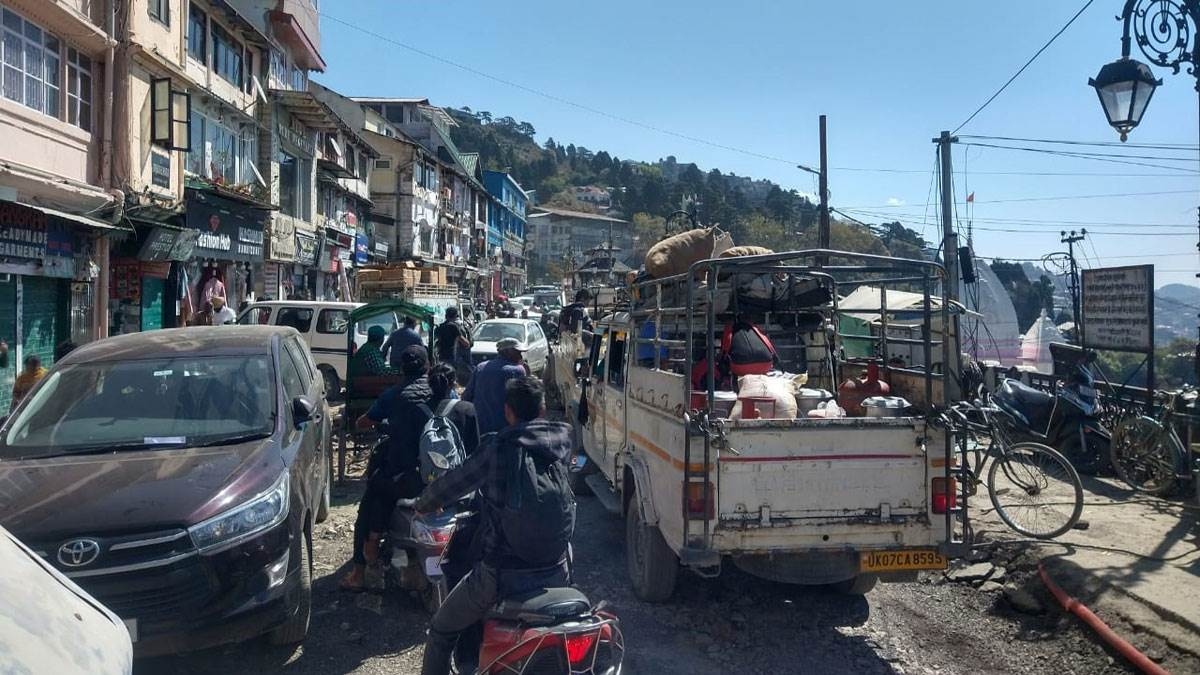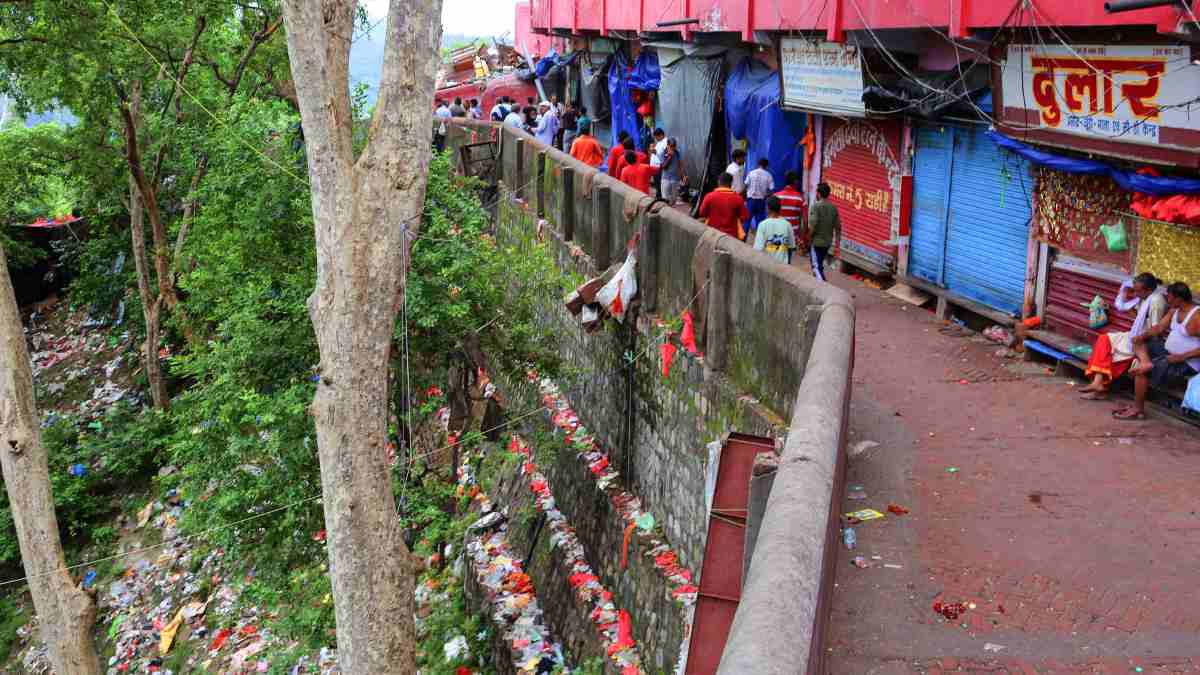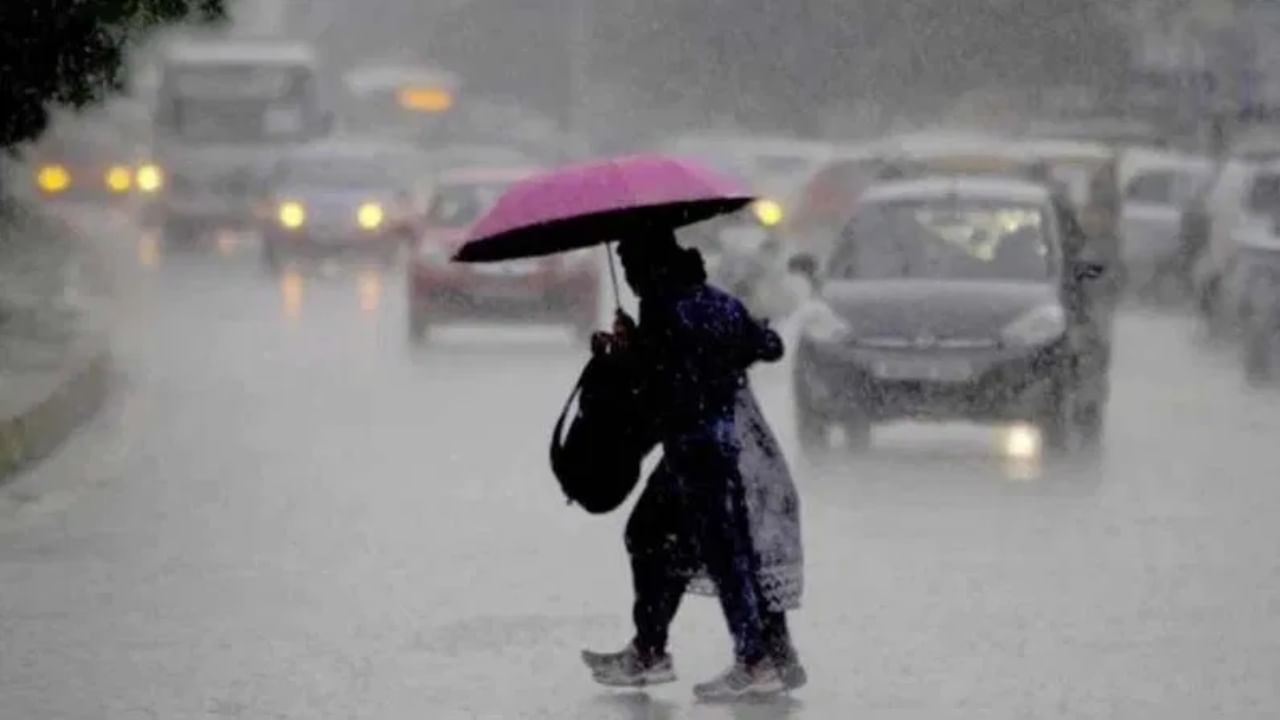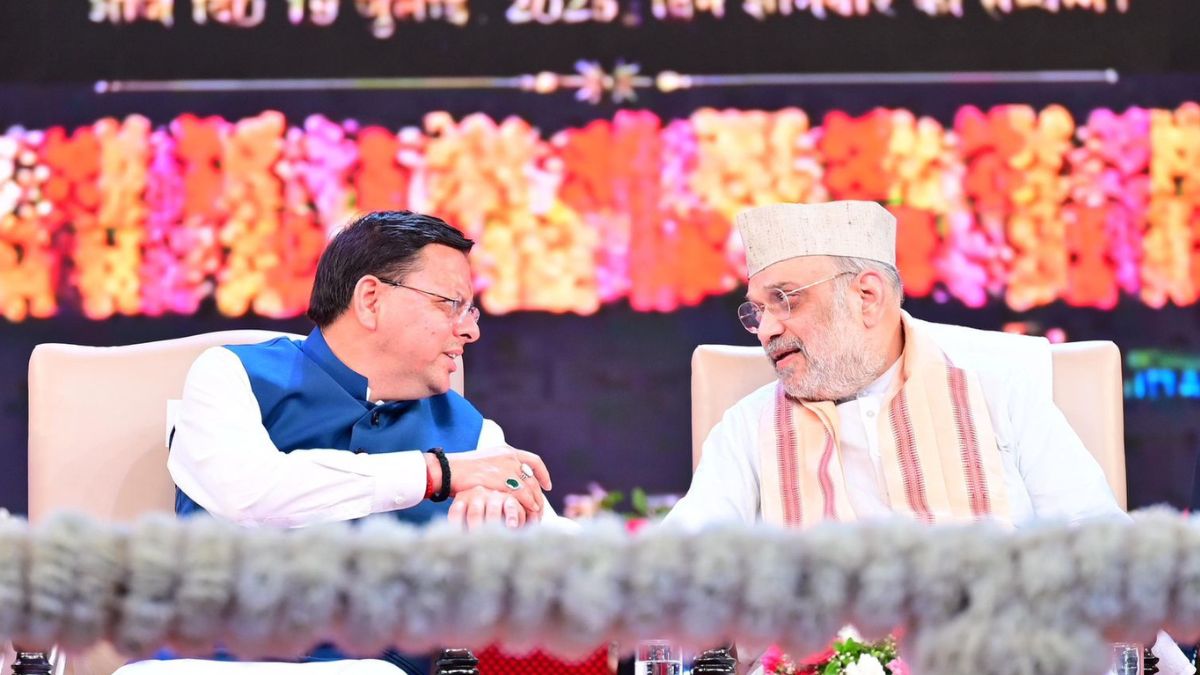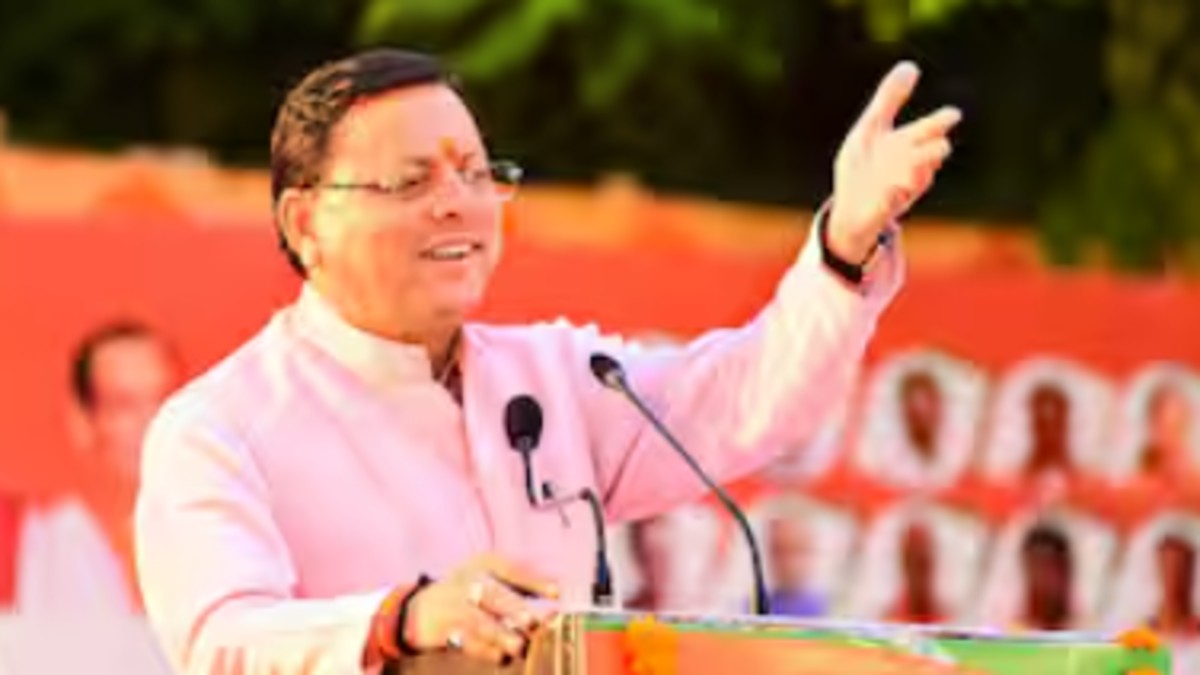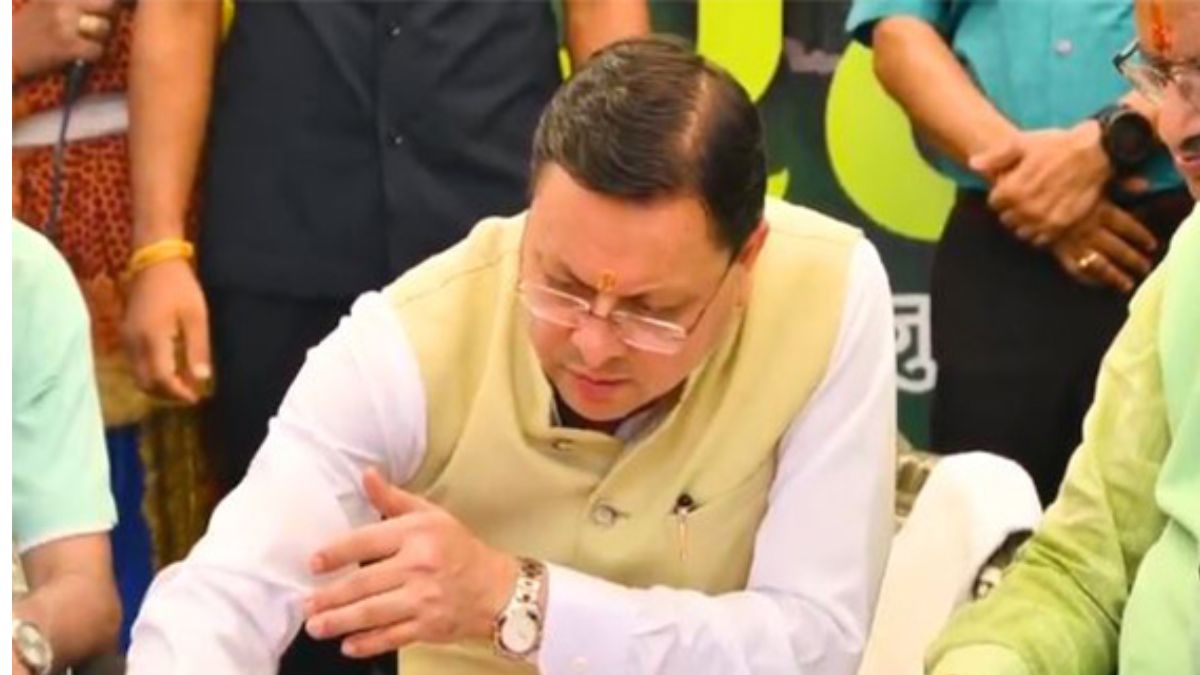Subscribe to Updates
Get the latest creative news from FooBar about art, design and business.
Browsing: Uttarakhand
Uttarakhand is currently enduring a natural disaster. The devastation in Dharali, Harshil, on Wednesday has shocked everyone. Tragically, five people have lost…
Heavy Rainfall Wreaks Havoc in Uttarakhand; Delhi and UP to Experience Showers – 10 States Affected
Monsoon rains have caused significant disruption. In Uttarakhand, the downpour has been particularly severe, with a village in Dharali being swept away.…
In a developing situation, five fatalities have been reported and 60-70 people are stranded due to flash floods in the Kheer Ganga…
A major disaster has struck in Uttarkashi, Uttarakhand. A cloudburst occurred in Harsil, near Gangotri, leading to flash floods in the Khir…
A severe landslide occurred in Dharali, Uttarkashi, Uttarakhand, following a cloudburst. Rescue and relief operations commenced immediately after the incident. Chief Minister…
As the results from the recent three-tier Panchayat elections in Uttarakhand continue to emerge, the Bharatiya Janata Party (BJP) is celebrating a…
Planning a trip to the scenic hills of Mussoorie? The Uttarakhand Tourism Department has implemented mandatory online registration for all visitors. This…
The beginning of August has brought heavy rainfall to Delhi-NCR, causing widespread disruption. The downpour has led to waterlogging in several areas,…
Delhi witnessed heavy rainfall on Wednesday, creating pleasant weather conditions. On Thursday, the capital saw an overcast sky with dense, dark clouds.…
A stampede at the Mansa Devi temple in Haridwar, Uttarakhand, has resulted in a tragic increase in the death toll, reaching 8.…
A tragic incident unfolded at the Mansa Devi temple in Haridwar, Uttarakhand, resulting in the deaths of at least six people and…
Heavy rainfall is being experienced in many parts of the country these days. The coming week is considered very important from a…
Monsoon rains are currently affecting the entire country. Heavy rainfall has disrupted life in many parts of the nation, causing rivers to…
At the Uttarakhand Investment Utsav – 2025 held in Rudrapur, Union Home Minister Amit Shah praised the Pushkar Singh Dhami government for…
In Haridwar, Uttarakhand, Chief Minister Pushkar Singh Dhami conducted a review of the ongoing Kanwar Yatra, expressing satisfaction with the arrangements and…
Uttarakhand Chief Minister Pushkar Singh Dhami joined a state-wide tree planting initiative on Wednesday in Dehradun, celebrating the Harela folk festival. The…


